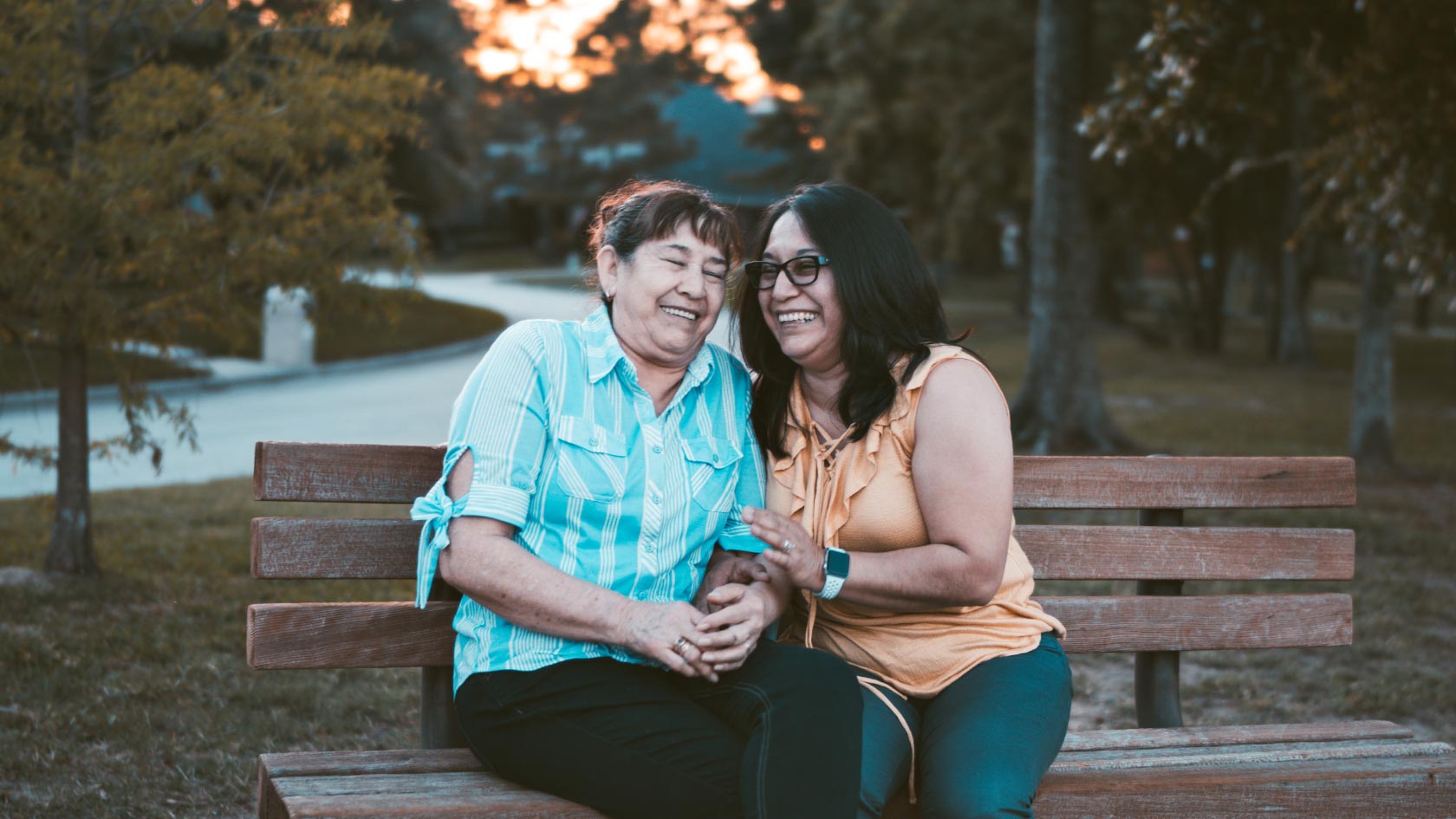Aging
EDC strengthens the systems to support older adults through partnerships with government, healthcare, and community organizations, ensuring they are safe, healthy, and connected.

Older adults bring invaluable wisdom and strength to our communities, but many face significant challenges in accessing the care and support they need to thrive. Across the U.S., we’re changing that through research, innovation, and knowledge mobilization. Our comprehensive and compassionate approaches build on the strengths of older adults and engage them, their families, and their communities as partners in improving well-being.
Currently, we are focusing on strengthening systems in two critical areas: preventing elder mistreatment and enhancing dementia care. Key initiatives include The National Collaboratory to Address Elder Mistreatment, Expanding Evidence-Based Comprehensive Dementia Care, and the National Dementia Care Collaborative. In addressing elder mistreatment, EDC collaborates with national partners to develop, implement, and evaluate evidence-based models that help identify, prevent, and respond to elder abuse.
In dementia care, EDC is advancing use of the GUIDE Model, an initiative of the Centers for Medicare and Medicaid Services designed to improve care for individuals living with dementia and to support family caregivers. Our national convenings, training sessions, and resources are helping GUIDE and non-GUIDE sites implement effective comprehensive dementia care programs.
Our Work
Featured Project
The National Collaboratory to Address Elder Mistreatment
This project brings together leading national experts to design, test, and implement a model for more effective identification and management of elder mistreatment in emergency departments.
Read more






